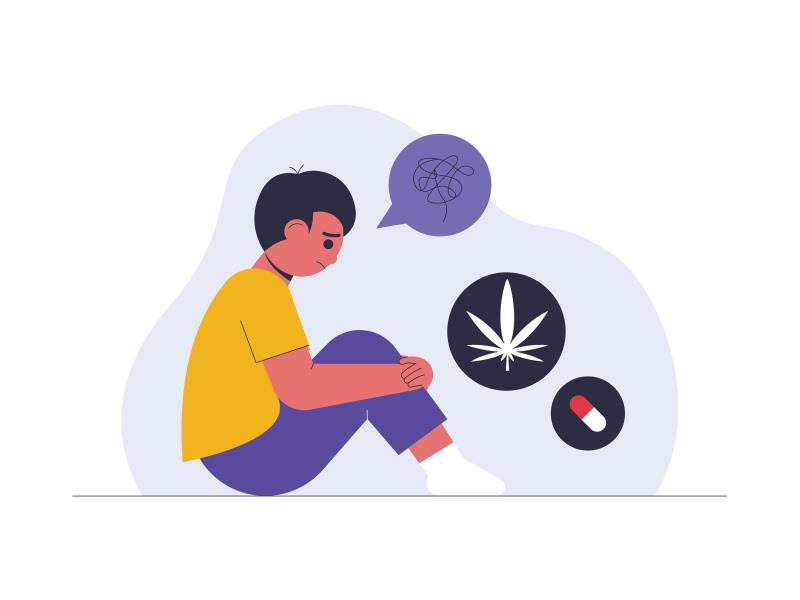Vortioxetine improves overall mood state of cannabis users





Vortioxetine may help cannabis users improve their clinician-observed overall mood state, a pilot study has shown.
Cannabis is one of the most frequently used psychoactive substances globally. Long-term use and misuse of cannabis have mental health implications, including depression, anxiety, and suicidality. Vortioxetine has well-established effects in treating depressive and anxiety disorders and may serve as a potential treatment for patients with cannabis use disorder and mood symptoms. [Trends Psychiatry Psychother 2022;44:e20210263; J Subst Use Addict Treat 2024:169:209607]
Researchers from the University of Hong Kong conducted a 6-month prospective, randomized controlled interventional pilot study to investigate whether vortioxetine could improve anxiety and depressive symptoms and cannabis dependence in 30 cannabis users (mean age, 30.13 years; male, 66.7 percent). Participants were randomized to receive vortioxetine (n=11; mean dose, 10 mg/day; range 5–20 mg/day) or standard treatment such as quetiapine, sertraline, mirtazapine (n=19). [J Subst Use Addict Treat 2024:169:209607]
As assessed by Clinical Global Impression on Severity (CGI-S), participants who received vortioxetine showed significant improvement in clinician-observed overall mood states at 3 months (p=0.007) and 6 months (p=0.001) vs controls.
“Our result concurs with those of a prior study, which showed that patients with substance use disorders and comorbid depression might benefit from the use of vortioxetine,” commented the researchers. [Neuropsychiatr Dis Treat 2022:18:965-976; J Subst Use Addict Treat 2024:169:209607]
The vortioxetine group also showed improving trends over time in Hamilton-anxiety (HAM-A) and Hamilton-depression (HAM-D) scores vs controls, although the differences did not reach statistical significance.
“HAM-A and HAM-D are assessor-rated scales and should be highly correlated with CGI-S. The disparity may be related to the drawbacks of the multidimensionality measured by the 14-item HAM-A and 17-item HAM-D in the current study,” noted the researchers. “The use of full scores of Hamilton rating scales has been criticized to have a negative impact on evaluation of true antidepressant efficacy due to biases from their somatic subscales.”
Of note, more participants in the vortioxetine group tested positive for urine THC (p=0.046), which is the major psychoactive substance in cannabis that binds with CB1 receptors, leading to mood, cognitive, and salient addiction symptoms. “Therefore, the vortioxetine group was expected to score worse in HAM-A and HAM-D,” commented the researchers. “It appears that vortioxetine might help alleviate anxiety and depressive symptoms among active cannabis users.”
Although the vortioxetine group displayed a trend toward reduced subjective cannabis dependence with lower mean Severity of Dependence Scale (SDS) scores vs controls, these changes were not statistically significant. Participants receiving vortioxetine had a higher mean score in the Stages of Change Readiness and Treatment Eagerness Scale – Drug (SOCRATES-D) “taking steps” component at 3 months vs baseline (29.8 vs 26.09; p<0.001; 95 percent confidence interval, -6.38 to -1.04), but this improvement was not sustained until the end of the study.
No serious adverse events occurred in the study. All adverse events reported in the vortioxetine group were gastrointestinal-related, including nausea (n=2), vomiting (n=1), gastrointestinal reflux (n=1), abdominal pain (n=1), and diarrhoea (n=1).